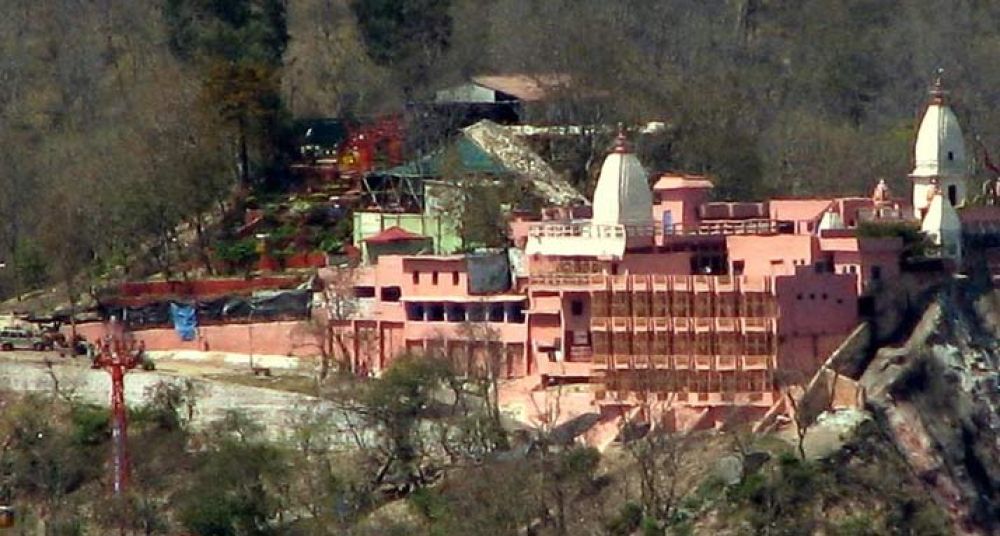

The Mansa Devi Temple, located in the heart of Haridwar, Uttarakhand, is one of the most revered shrines in India dedicated to Goddess Mansa Devi, believed to be a form of Shakti. This temple is a significant center of faith for Hindus, perched atop the Shivalik ranges and accessible by a picturesque cable car journey as well as by foot through a meandering trek.
Tourism at Mansa Devi Temple has ancient roots, tracing back to the time when pilgrimages were essential in Hindu religion and culture. The origin of this temple is tied to the origins of Haridwar itself, which is one of the seven holiest places (Sapta Puri) in Hindu traditions. Over the centuries, devotees have traveled here to seek blessings and to join in the annual festivities.
The temple, part of the Char Dham Yatra pilgrimage circuit, has seen an increase in visitors over the years due to its religious significance. The development of tourism infrastructure in Haridwar has made Mansa Devi more accessible and convenient for tourists. The introduction of the rope-way or 'Udan Khatola', initiated in the mid-20th century, became a significant turning point in facilitating the visit of pilgrims and tourists, especially for those unable to climb the steep hill.
The area around Mansa Devi Temple has seen numerous developments to enhance the visitor experience. This includes better transportation links, improved accommodations, and the establishment of high-quality eateries. Additionally, the Uttarakhand Tourism Board often organizes cultural events and fests in Haridwar, which integrates local culture and boosts tourism significantly.
Sustainable tourism has become increasingly important in recent years. Efforts have been made to preserve the natural beauty of the Shivalik range and to ensure that the religious practices do not adversely affect the environment. Initiatives such as banning plastic bags and promoting cleanliness drives are a part of this trend.
Moreover, spiritual tourism is on the rise, with more tourists seeking experiences that offer personal growth and spiritual enlightenment. As such, there has been an increase in the number of yoga and meditation retreats in the vicinity of Haridwar which cater to these needs.
Virtual tourism has also become a trend. The temple authorities have facilitated online darshan and pooja services for devotees who cannot visit in person. This approach became particularly significant during the COVID-19 pandemic when travel was restricted.
In conclusion, the tourism history of Mansa Devi Temple is as rich and diverse as the culture of Haridwar. With the evolution of tourism trends, the temple has maintained its spiritual significance while adapting to cater to the changing needs of its visitors.